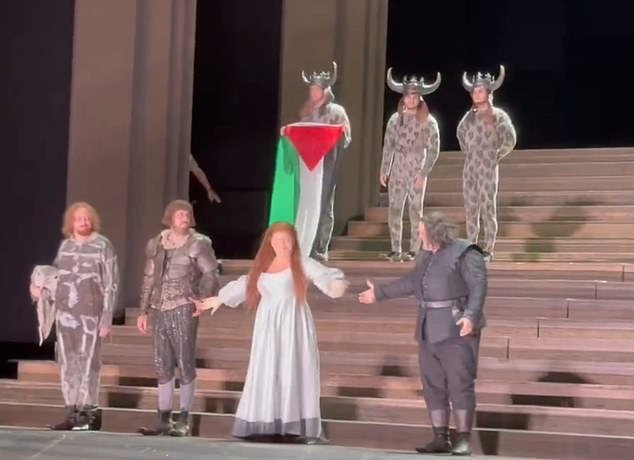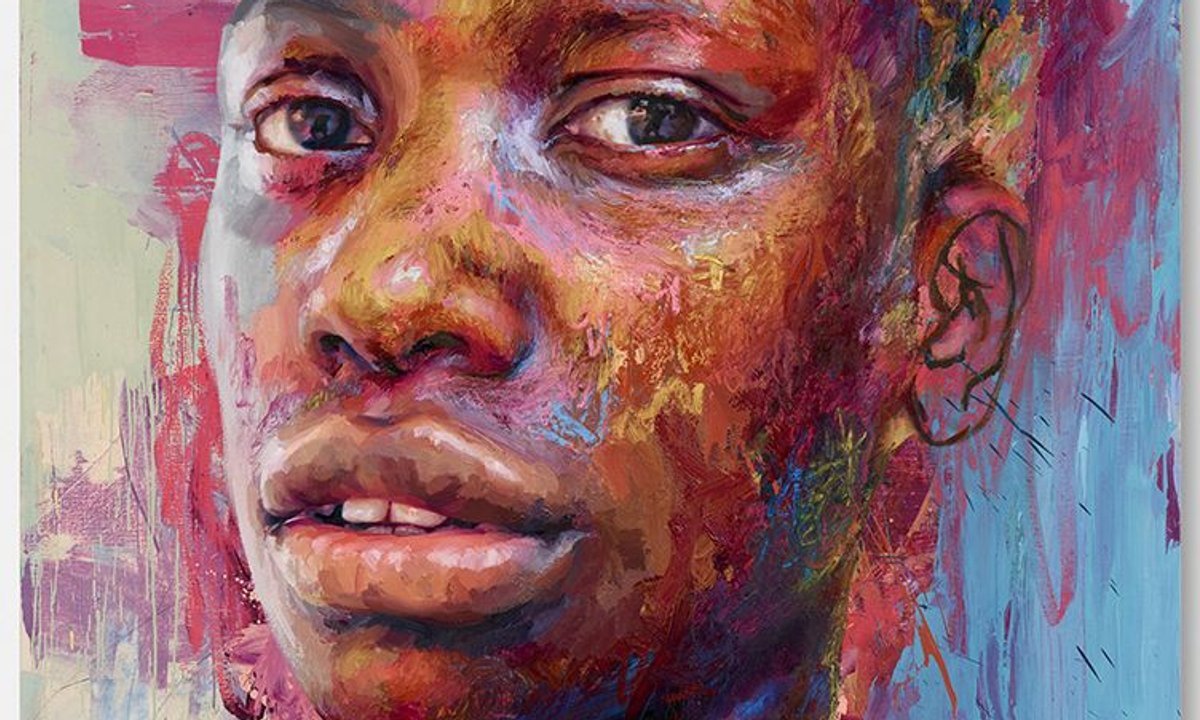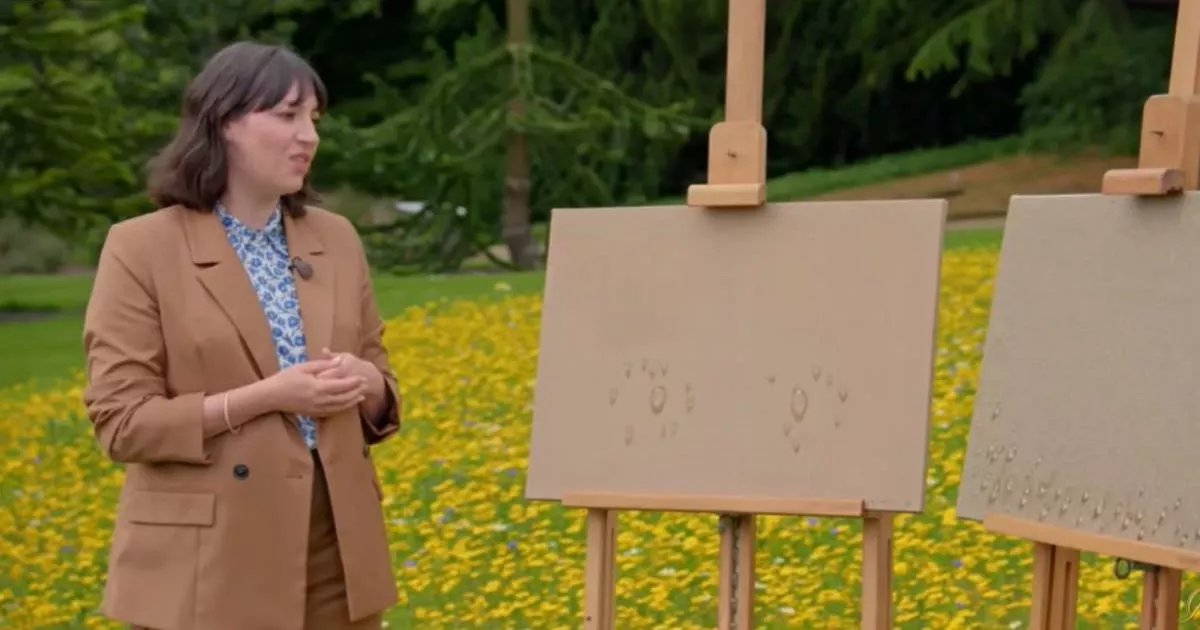The Western is a genre that will seemingly never go out of style. Director/producer Taylor Sheridan has almost single-handedly kept it part of the cultural conversation in recent years thanks to the show Yellowstone and its spin-offs, and Yellowstone star Kevin Costner is about to release the first two films of a planned four-part Western epic, Horizon.
The new film The Dead Don’t Hurt plays with the conventions of the Western while still offering some new elements. The story centers on Sheriff Holger Olsen (Viggo Mortensen) and his wife, Vivienne Le Coudy, but Mortensen — who wrote and directed the film — takes an unusual approach. He jumps around in time, starting with a preview of a major event that happens toward the end of the film, and then hopscotching around to different points in both of the main characters’ lives.
We are privy to not just the couple’s first meeting in San Francisco, but also glimpses of Vivienne’s childhood; Holger taking an unexpected journey with their son, Vincent (Atlas Green); run-ins with saloon owner/town villain Weston Jeffries (Solly McLeod); and more. Holger enlisting to help the Union fight in the Civil War plays a key part in the plot, but he’s never shown actually fighting (or doing his job as sheriff, for that matter).
Mortensen moves the story around so much, in fact, that it can a little difficult to pinpoint when in time certain scenes are taking place, with Holger’s changing facial hair one of the notable markers. Playing around with time is not a new concept, of course, but the way Mortensen employs it is a little frustrating in execution. Holger and Vivienne’s relationship is what everything else in the film revolves around, and having it broken up into non-linear pieces lessens its impact.
Taken individually, though, the different timelines do have some solid moments. Vivienne, from scenes of her as a child to an adult, is consistently shown as a strong-willed person willingly to stand up to bullying/abusive men. Corruption in Old West towns is a staple of Westerns, and Mortensen devotes plenty of time to show how deep the rot runs in this particular place.
It’s ironic, then, that Holger is one of the least knowable characters in the film. Even though he’s front and center for much of the film, we never find out much about him or what he believes. There’s an allusion to his immigrant past at a couple of points, but the idea is not explored. The strong-and-silent type is also a Western trope, but opening him up just a bit more would have benefited the overall story.
Still, Mortensen is a compelling actor who commands your attention every time he’s on screen, and he keeps Holger interesting despite the lack of knowledge about him. Krieps, in perhaps her best role since 2017’s Phantom Thread, is his equal, giving Vivienne a quiet dignity and strength. McLeod hams it up as the main bad guy, and a robust supporting cast that includes Garret Dillahunt, Danny Huston, and W. Earl Brown keep the acting level high.
The Dead Don’t Hurt is not your typical Western with its fractured story and not much action. But even if the choices Mortensen made keep the film from top-tier status, there’s more than enough on the acting and overall story side to recommend it.
—
The Dead Don’t Hurt is now playing in theaters.






